Science Cosmetology’s original active ingredients
AIDDS: A I Drug Delivery System
We use AIDDS technology to deliver active ingredients to the skin.
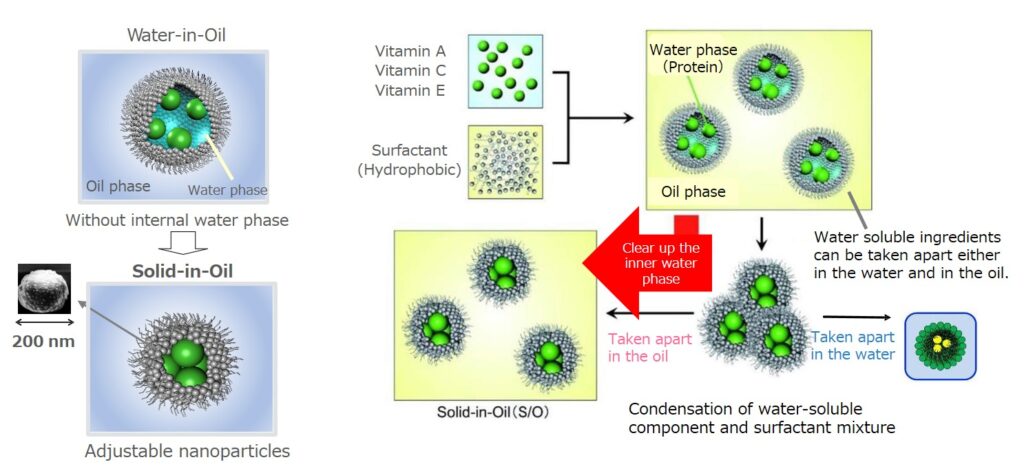
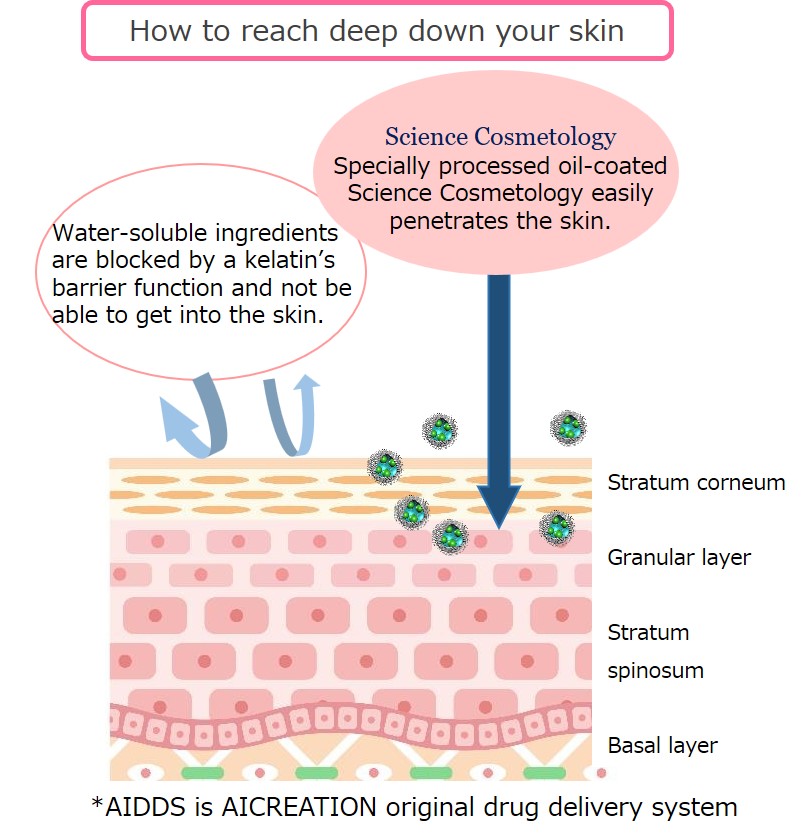
Its greatest feature is that it delivers water-soluble ingredients, which have been difficult to absorb through the skin, deep into the stratum corneum. In the medical field, ingredients and drugs are injected directly into the body, but while it is highly effective, it also causes pain and stress. This is why we developed “advanced transdermal penetration technology.” By changing effective water-soluble compounds to lipid-soluble ones, we can increase absorption into the body while maintaining efficacy and safety. No matter how good an ingredient is, it is meaningless if it does not reach the skin. It is difficult for substances to penetrate the skin, which is a biological barrier. The stratum corneum is hydrophobic, so water-soluble substances have difficulty penetrating it. Only lipid-soluble ingredients or low-molecular-weight ingredients with a molecular weight of 500 or less can be delivered transdermally. This nanoformulation technology coats nanocapsules with lipid solubility, making it easier for hydrophilic useful ingredients to penetrate the skin.
Active ingredients (AI-DDS)
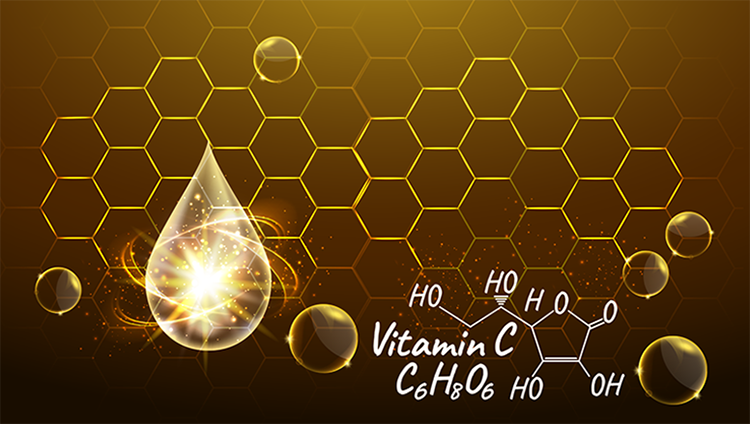
Vitamin C: Sodium ascorbate
Antioxidant effect
Promotes collagen production
Suppresses melanin production
Reduces melanin
Activates fibroblasts
Suppresses excessive sebum secretion
Regenerates vitamin E
Vitamin E: Tocopherol
Antioxidant effect
Promotes blood circulation
Anti-inflammatory effect
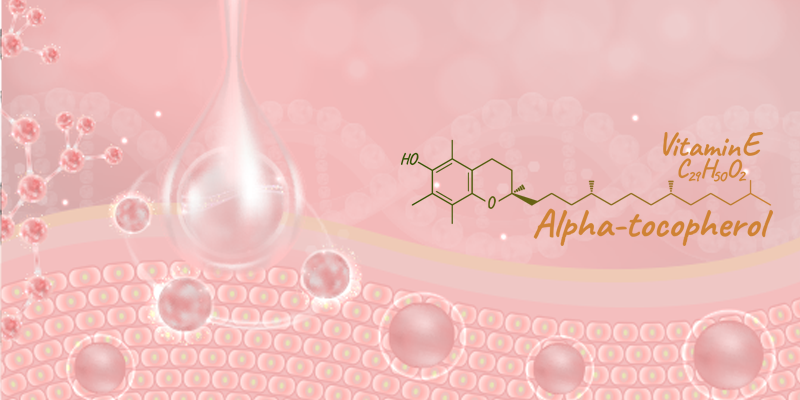
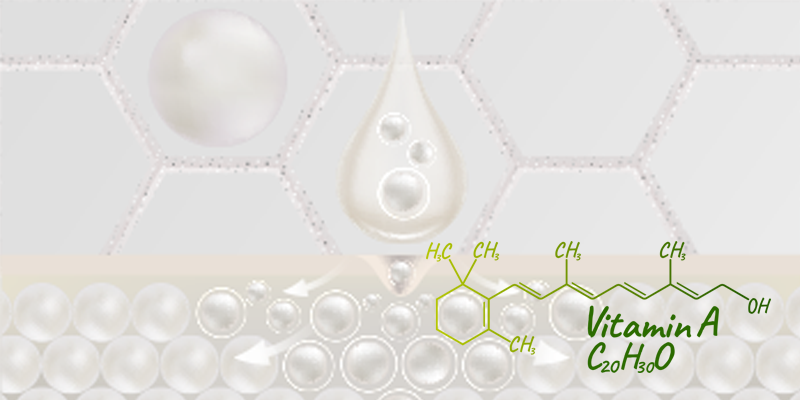
Vitamin A: Retinol
Normalizes turnover cycle
Promotes collagen production
Promotes elastin production
Astringent effect
Suppresses sebum production
Refines skin texture
Niacinamide
Niacinamide is a water-soluble organic compound of vitamin B³ that works to improve wrinkles by promoting collagen in the dermis layer. It also works to improve the skin’s barrier function by promoting the production of ceramide in intercellular lipids. It can also be expected to have whitening and skin roughness improving effects.
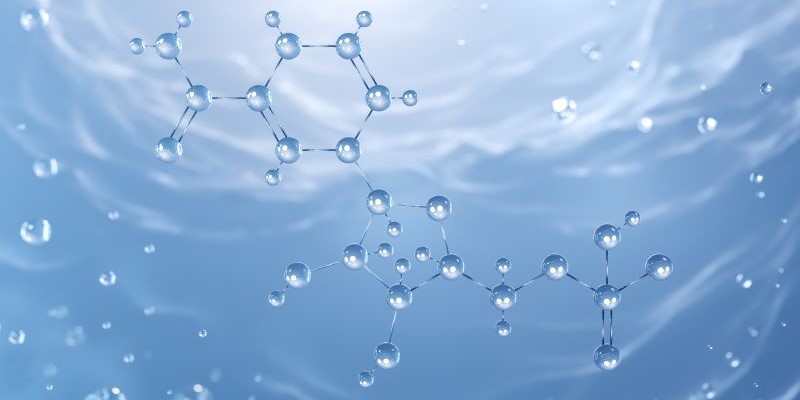
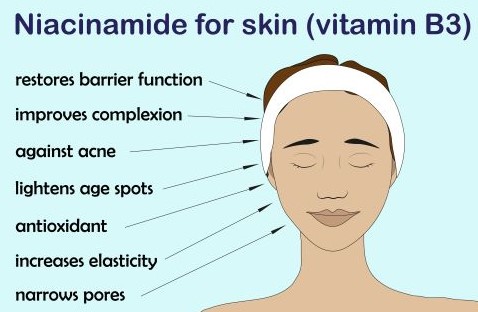
Human stem cell culture supernatant
INCI: Human adipocyte conditioned medium
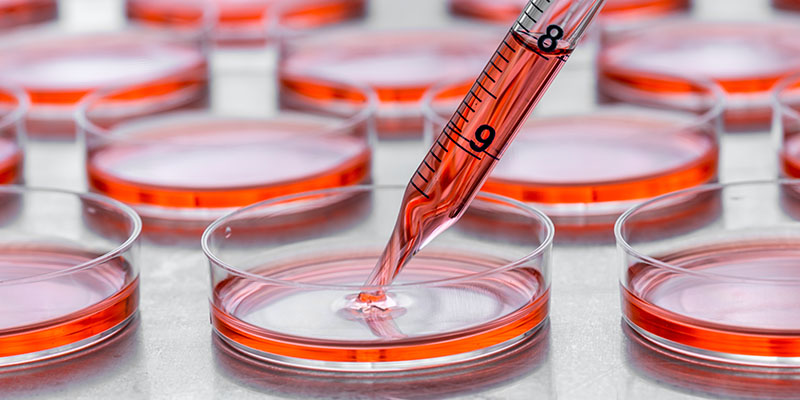
What are stem cells?
The cells in our bodies, such as skin and blood, have the ability to regenerate and replenish lost cells in order to maintain tissues in which each cell has a short life span and is constantly being replaced. Cells that have the ability to turn into different cells, rather than the same type of cell, are called “stem cells.”
When the skin is injured, nearby stem cells can transform into skin cells and help repair the wound. Stem cells are cells that have the ability to transform into other cells in this way.
And stem cells not only transform themselves, they also give various instructions to other cells that are repairing the wound.
These instructions are sent from stem cells to other cells in the form of proteins called growth factors or capsules called exosomes.
When these bind to the receptors of the target cell, the receiving cell begins to actively repair the wound.
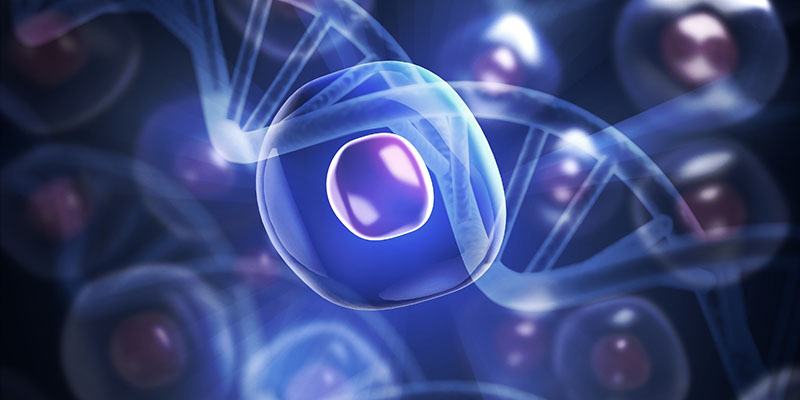

The human body is made up of 60 trillion cells, and stem cells are the root cells of these cells.
What is human stem cell culture supernatant?
Stem cell culture supernatant refers to the liquid remaining after culturing stem cells and removing the cells. It does not fall under the category of regenerative medicine as stipulated in the Pharmaceuticals and Medical Devices Act, and is a medical material that does not require permission to practice regenerative medicine.
When stem cells are cultured in culture fluid, various growth factors (cytokines) and substances are secreted from the stem cells into the culture fluid.
After culture, the supernatant liquid from which the stem cells have been removed is called stem cell culture supernatant.

Growth factors (cytokines)
| Growth factor name | Function in skin |
|---|---|
| FGF1 | Acidic fibroblast growth factor Promotes the proliferation of fibroblasts. |
| FGF2 | Basic fibroblast growth factor Improves the vascular environment through angiogenic effects.Promotes the proliferation of fibroblasts. |
| KGF1 | Keratocyte growth factor 1 Promotes the proliferation of fibroblasts and keratinocytes. |
| KGF2 | Keratocyte growth factor 2 Promotes the proliferation of fibroblasts and keratinocytes. |
| HGF | Hepatocyte growth factor Promotes the proliferation and migration of cultured epidermal keratinocytes, and is involved in skin repair. |
| IGF1 | Insulin-like growth factor Secreted in response to stimulation by growth hormone, promotes skin growth. |
| PDGF | Platelet-derived growth factor Improves the bloodstream environment through angiogenic effects. Proliferates mesenchymal stem cells. |
| VEGF | Vascular endothelial growth factor Improves the bloodstream environment through angiogenic effects and activates nutritional supply. |
Effects of stem cell culture supernatant on the skin
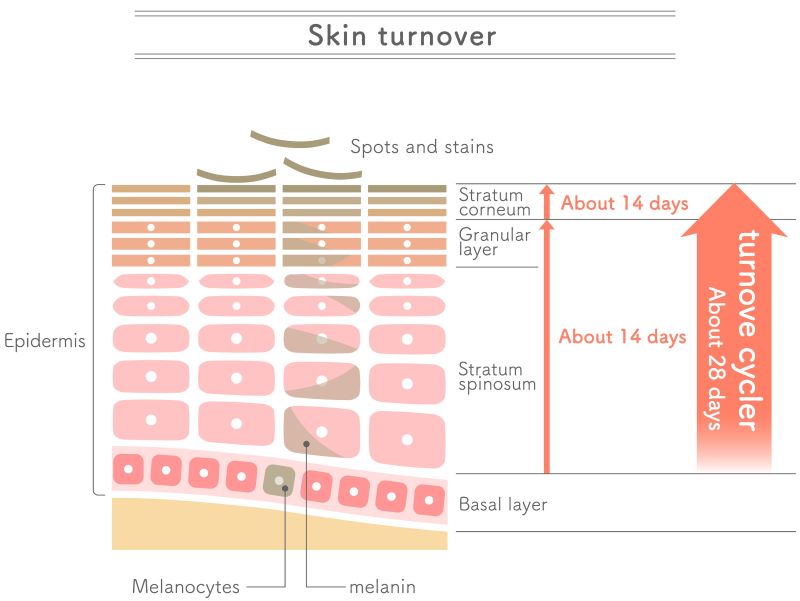
Epidermal stem cells, a type of stem cell located in the basement membrane, produce epidermal cells and control the turnover cycle.
Additionally, fibroblasts in the dermis layer produce collagen, elastin, and hyaluronic acid to create skin tissue. These fibroblasts are produced by dermal stem cells. If dermal stem cells mass-produce fibroblasts and epidermal stem cells mass-produce epidermal cells, the fibroblasts will mass-produce proteins, shortening the turnover rate and returning skin tissue to a youthful, healthy state.
Two important stem cells that make up the skin Epidermal stem cells are found in the basement membrane at the border between the epidermis and dermis. These epidermal stem cells are produced and are the source of turnover. Fibroblasts in the dermis layer produce collagen, elastin, and hyaluronic acid.

A safe facility that supports high quality
Cells are cultured in a strictly controlled, clean environment at a cell culture and processing facility adjacent to a clinic that meets the facility standards accepted by the Ministry of Health, Labor and Welfare as a Type 2 regenerative medicine providing medical institution and cell processing facility in Japan.


Work in the clean room is conducted under strict hygiene management based on GMP, including wearing protective clothing.
Botanical ingredients
Natural and highly effective plant ingredients
Organic Black Seed Oil
This oil originated from the Middle East, has a long history and used as a medication since 4000 years ago, which was found in the tomb of King Tutankhamen. Islamic Prophet Mohammed
admired this oil, “Panacea except death” and ancient people called it “Blessed seeds” for beauty and health.
Cleopatra made use of the oil for her beautiful hair and skin care and Hippocratic mentioned the oil as stomach medicine in “Avicenna’s Medical encyclopedia”, which can also be effective for rough skin, acne and eczema.
Nowadays, there have been more than 800 research datas all over the world. This is such an unusual herb, which includes abundant fine oil, 8 essential amino acids out of 9, 15 usual amino acids and Iron, calcium, sodium, potassium as well.
This oil prevents rough skin and keeps your elastic skin.
Nutrients: Omega 3 fatty acids, vitamin A, vitamin B, vitamin C, vitamin E, zinc, calcium, potassium, amino acids
Efficacy: Antioxidant, antibacterial, anti-inflammatory, acne improvement, allergy relief, eczema and psoriasis improvement, immune function improvement, skin regeneration, inflammation improvement, skin moisturizing, tightening, hair nail regeneration.
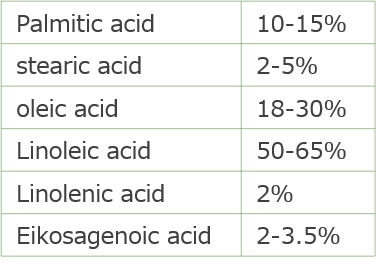
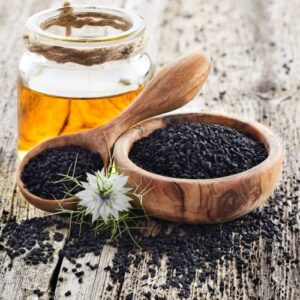
Jojoba oil
Jojoba, which grows in desert areas, keeps moisturized and grows even in harsh environments. Prominent jojoba oil works well with black seed oil to soften skin and prevent dryness.
Botanical essential oil
Frankincense oil
It has been essential for anti-aging from the remote age. Woody taste refined oil gives off a mild aroma for beauty-use. It keeps your skin moisturized and resilient.
Myrrh oil
This is powerful enough to be used as medical ingredients. Arabian women have taken advantage of this for anti-aging, being good for wrinkles, cracked and rough skin since the ancient era . The plant-natured refined oil gives excellent skin treating effect.
Sandalwood oil
This is a valuable material that has been loved from ancient times. It’s also known as a fragrant wood to moisturize and tighten skin. You can expect to remedy dry and aged skin as well as soften it.
Resveratrol (polyphenol)
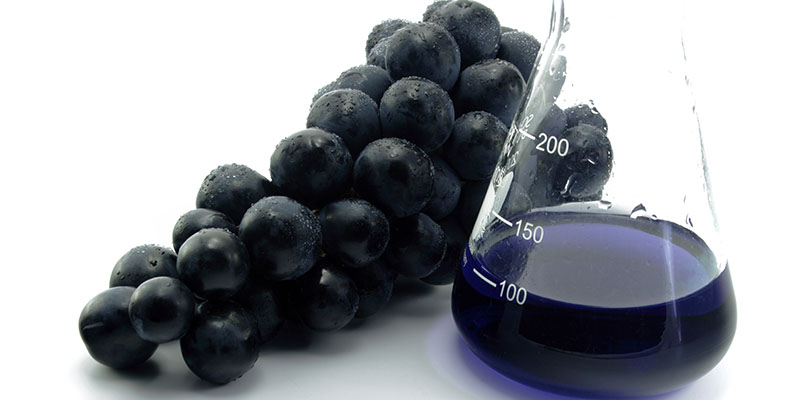
Grapes are the most widely cultivated crop in the world, with a history of 8,000 years. In ancient Egypt, wine appeared as a sacred drink offered to the gods. Polyphenols, which have attracted attention for their antioxidant properties, are contained in grape skins. The purple color of grape skins is due to anthocyanin polyphenols. Another ingredient unique to grapes that has recently been gaining attention is resveratrol. Resveratrol is thought to exert a variety of effects, including extending lifespan, by acting on proteins at the center of vital activities, such as those involved in energy production and cell division. It is included in Blessed Scalp Essence.
Isorhamnetin (prevents fat regeneration)
Isorhamnetin, extracted from the natural dropwort, has the most powerful effect in more than 500 hundred plants with flavonoids in their leaves, flowers, roots, fruits and stems. It is notable for strong antioxidant, antibacterial, anti-inflammatory effects that prevent fat reproduction.
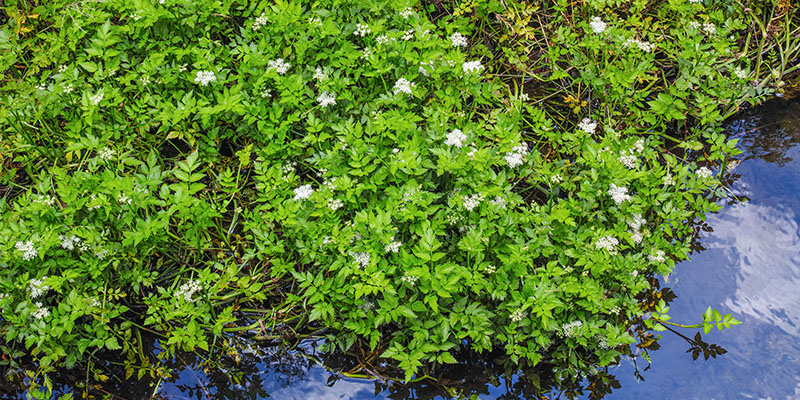
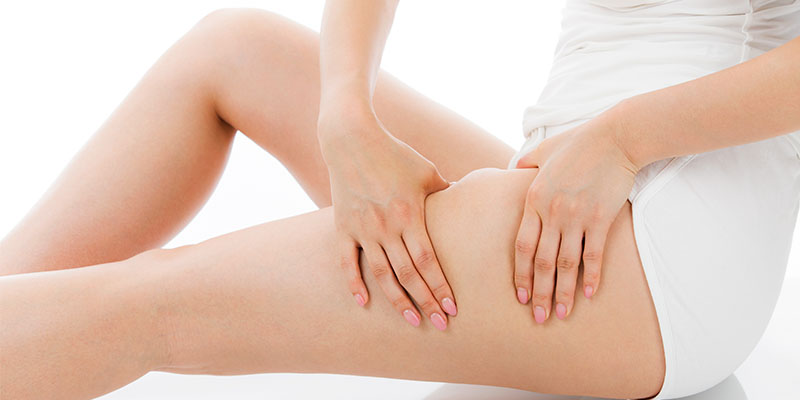
Lecithin (lipolysis)
Lecithin is an ingredient used as a lipolytic injection. It dissolves the cell membranes of fat cells, which flow into lymph. Then it is metabolized in the liver coming through blood vessels and finally excreted as urine. This process takes 2-3 weeks, coming along with weight reduction.
